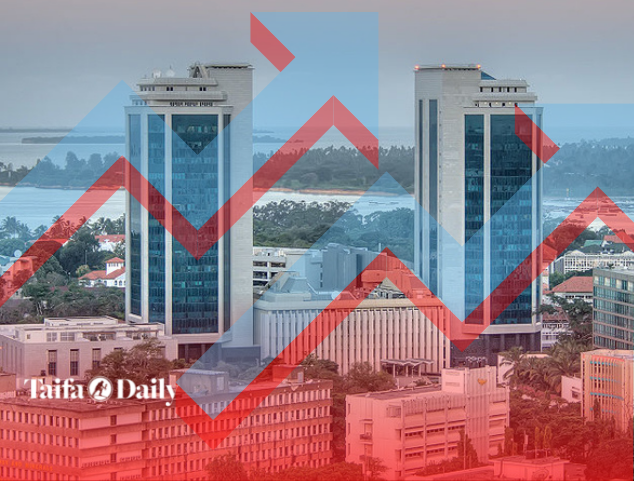The government’s domestic debt has risen over 52% in the last four years. The official data reveal that the debt has been dramatically increasing as it stood by Sh. 13 trillion in January 2018 and recorded at Sh. 25 trillion by January 2022.
According to Mr Emmanuel Turuba, the permanent treasury secretary, the government uses securities as a monetary policy instrument to improve money supply by taking it from a new and ensuring circulation is enhanced for the majority.
“Because when we issue bonds, funds are used to implement development projects, say, construction bridges or classrooms. This means that building material dealers will do business, jobs will be created, food vendors will serve workers, and the chain goes and on,”- he said.
“The government often borrows internally to meet its budget obligations, noting, however, that this is always done with caution so that it does not adversely inflict the economy.”
The recent February BoT report revealed that issuing treasury bonds and bills are the main reason for increasing domestic debts; however, the debt remains sustainable.
The total debt owned by lenders in the country jumped by Sh. 7.29 trillion from Sh. 13.96 trillion was recorded in January 2018. BoT charts show that pension funds and commercial banks remain the top creditors; on the other hand, insurance firms, central banks, special funds, public associations, and private companies are the other sources.
Just until January 2022, pension funds and banks all together accounted for 64.4% of the country’s domestic debt.
Dr Olomi, the economics think tank, said, “It is beneficial for private sectors and public institutions to borrow internally because they generate money through undertaking different businesses with the government”.
In the last five years, notably from 2018 to 2022 BoT report reported a dramatic increase in the contribution of private firms and individuals to domestic debt from Sh. 771.1 billion to Sh. 2.98 trillion.


